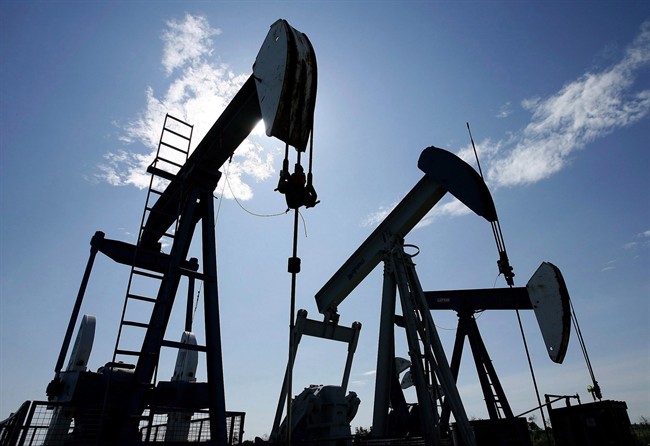The outlook for Saskatchewan’s economy varies widely depending on who you ask. Reports published by the Conference Board of Canada, TD Bank and RBC between February 28 and March 15 predict everything for Saskatchewan from leading real GDP growth to having the slowest growth in Canada.

On March 19, NDP finance critic Cathy Sproule brought forward the Conference Board and TD reports as evidence the governing Saskatchewan Party is mismanaging the economy.
Trade and Export Development Minister Jeremy Harrison pointed to the glowing RBC forecast in his rebuttal.
Which is the most accurate forecast? Let’s throw politics aside and just look at the facts.
The RBC report predicts 2.9 per cent real GDP growth in Saskatchewan driven by rising oil production, strong agricultural projections and rising manufacturing numbers. The dark spot, according to RBC, is a decline in capital spending and slowing construction.
TD Bank places Saskatchewan with the lowest GDP growth outside the Maritimes, 1.6 per cent. The report acknowledges increased oil productivity plus demand for wheat, pulses and other crops. However, they say it is not enough to fully offset a slowing residential and non-residential construction sector, along with “sluggish” employment and wage growth.

Get daily National news
The Conference Board of Canada paints the bleakest picture, the lowest GDP growth at 1.3 per cent. Much like the TD report, they point to a job creation and the domestic economy being “lacklustre”. Those issues offset the positive gains made by potential exports of oil and other commodities.
While the Conference Board and TD reports are quite agreeable, all three predict positive GDP growth following two years in the red.
READ MORE: Saskatchewan posts second-lowest unemployment rate, but there is economic caution
Sorting out the numbers
As for who’s prediction is most accurate, University of Regina associate economics professor Jason Childs says this gap has a lot to do with uncertainty.
“We’ve seen uncertainty crop up for the Saskatchewan economy in a number of vectors, not least of which is the Indian tariffs, the NAFTA negotiations are a huge question mark over the whole country, and again commodity prices are another question ark,” Childs explained.
“So there’s a lot where we really don’t know where we’re going to go yet, and I think that’s what we’re picking up on with the divergence of these forecasts.”
Childs’ best guess on where Saskatchewan’s GDP growth will land is somewhere in the middle, around the two per cent range.
“It’s going to depend on what the harvest looks like, it’s going to depend on what oil prices do. It’s going to depend on potash and the like. It’s going to depend on the mood of consumers. If we see immigration and consumers remain relatively confident in the economy we’re going to do ok, but if anyone of those things falls off we’re going to be in trouble,” he explained.
Childs said consumer spending has stayed strong in Saskatchewan, despite two years of negative GDP growth. Now, he anticipates consumer spending will slow.
“Our consumers are a little tapped out, there’s some fatigue. We’ve got high debt loads and other factors playing in here. So the consumers are going to have to take a break, and that’s part of the slowdown in wage growth and other things,” Childs said.
Statistics Canada says Saskatchewan’s year-to-date average annual wage growth rate is two per cent, below the national average of three per cent.
As for using these reports to determine what political party best drives the economy, Childs says many factors, like the ongoing NAFTA and Indian pulse tariff negotiations, are outside of provincial control. That goes for the rest of the economy as well.
“Governments don’t manage economies, not in a positive sense. They can completely destroy economies with bad policy, but they don’t manage the economy. That’s a myth,” he said.








Comments